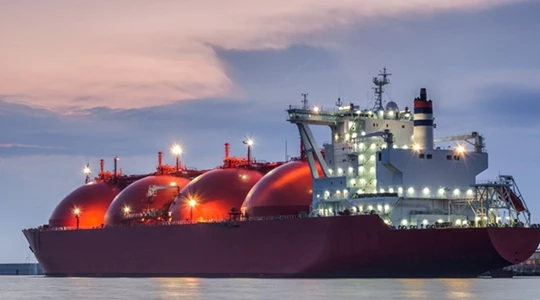UK Ramps Up Wind Farm Support to Revive Crisis-Hit Industry
(Bloomberg) -- The UK government raised the support price for new offshore wind farms by 66% as it tries to rekindle investment in a crisis-hit sector crucial to its climate goals.
The increased support level will feed through to higher electricity prices and bills for households, a trade-off policymakers have accepted in order to decarbonize. The global offshore wind sector has been in crisis, and the UK’s last auction round secured no projects with developers balking at investing in the country as rising costs eroded profits.
For the next auction, the maximum guaranteed price will be £73 ($91), up from £44, and confirms an earlier report by Bloomberg News. Although the support will come from consumer bills, renewable power is still the cheapest form of energy.
Wind-farm developers will be subsidized to their agreed “strike price,” which could be lower than the maximum, by funds drawn from bills — already near historic highs.
The government hopes to get Britain’s clean-power strategy back on track after the last failed auction round put targets in jeopardy. The UK wants to have 50 gigawatts of offshore wind by 2030, and this will need two bumper auctions to avoid a lost year for the sector.
“There is the potential for the government to attract a record level of private investment in offshore wind projects next year, with at least ten projects likely to be eligible,” Dan McGrail, the chief executive officer of RenewableUK, said in a statement.
Offshore wind will also be given a separate funding pot to other technologies because of the high number of projects able to compete. The monetary values are pegged to 2012 levels, meaning the actual contracts secured will be more expensive in real terms.
“Bringing more green energy onto the system is the single most important thing we can do to cut customers’ bills and strengthen our energy security,” said Keith Anderson, CEO of Iberdrola SA’s Scottish Power. “The real test of that ambition will come when the overall budget for the next auction round is set next year.”
Offshore wind companies have struggled to fund large developments, with higher financing and component costs combined with more competition slowing the pace of installations. Danish wind farm giant Orsted A/S has had to take huge writedowns connected to abandoned projects in the US and Norway, while Siemens Energy AG has had to secure German government guarantees due to ballooning problems with faulty turbines.
It’s not just costs for offshore wind that are rising. The UK’s new price ceiling available for floating offshore wind also rose by 52% compared to the last auction, while geothermal rose by 32% and solar by 30%. The capacity market, which secures investment in assets like gas-fired power plants, has also become more expensive.

Why Offshore Wind Is Stumbling and What Can be Done: QuickTake
In the UK’s clean energy auctions, companies compete for contracts based on how cheaply they can build a project to supply power, with the Contracts for Difference program ensuring they receive a fixed price for each megawatt-hour of power their turbines produce.
Under the rules, the government sets a ceiling price, which no one can bid above. Once operatiional, if power prices are higher, projects have to pay earnings in excess of that level back to consumers via their energy supplier, while they get compensated the difference by households if prices fall below.
Prices have fallen dramatically for offshore wind since the first CfDs were handed out in 2013, when projects were awarded contracts between £140 and £155 per megawatt hour. Competition to build projects pushed prices to as low as £37.35 in 2022.
But rampant inflation meant that some developers struggled to deliver on those contracts. In July, Vattenfall AB shelved plans for a wind farm in the North Sea, after costs soared 40%. Orsted plans to decide by December whether to proceed with a major UK development.
(Adds details on consumer bills from second paragraph.)
©2023 Bloomberg L.P.
KEEPING THE ENERGY INDUSTRY CONNECTED
Subscribe to our newsletter and get the best of Energy Connects directly to your inbox each week.
By subscribing, you agree to the processing of your personal data by dmg events as described in the Privacy Policy.
More renewables news

Malibu Firefighters Make Gains on Blaze as Wind Warnings Persist
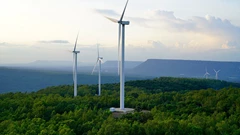
Longi Delays Solar Module Plant in China as Sector Struggles
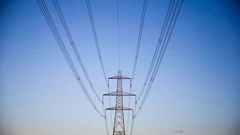
SSE Plans £22 Billion Investment to Bolster Scotland’s Grid
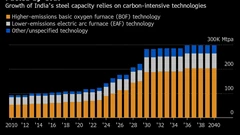
A Booming and Coal-Heavy Steel Sector Risks India’s Green Goals

bp and JERA join forces to create global offshore wind joint venture

Blackstone’s Data-Center Ambitions School a City on AI Power Strains

Chevron Is Cutting Low-Carbon Spending by 25% Amid Belt Tightening
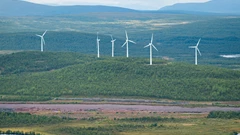
Free Green Power in Sweden Is Crippling Its Wind Industry

California Popularized Solar, But It's Behind Other States on Panels for Renters











